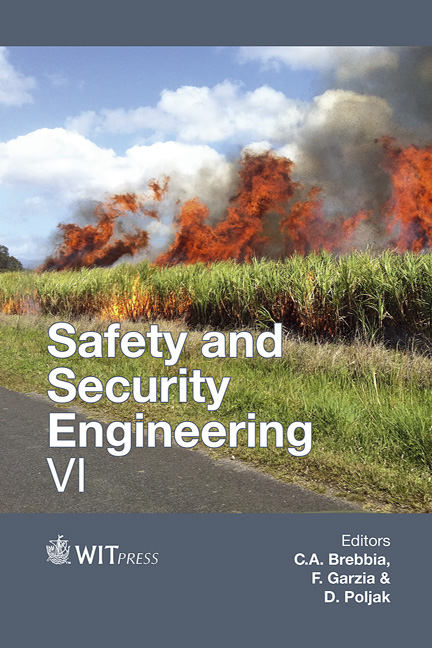Evaluation Of Microshock Risk During A Surgical Procedure
Price
Free (open access)
Transaction
Volume
151
Pages
12
Page Range
95 - 106
Published
2015
Size
394 kb
Paper DOI
10.2495/SAFE150091
Copyright
WIT Press
Author(s)
G. L. Amicucci, E. Zennaro, F. Fiamingo, C. Mazzetti
Abstract
During a surgical procedure, risk assessment is important in order to prevent undesired patient’s ventricular fibrillation. Even weak currents flowing through the heart of a patient are potentially able to cause such a dangerous event.
The hazard can be reduced through the adoption of suitable protection measures, chosen by means of an in-depth investigation of the microshock probability.
Such a probability is obtained by the product of the probability of ventricular fibrillation when certain fault conditions occur and the probability of occurrence of the considered fault conditions. The fault conditions here considered are able to determinate certain values of the leakage current that can flow through the patient’s body.
A method for the microshock probability assessment is presented based on the leakage current estimation that is obtained by simulation of an electrical circuit model of a typical surgical layout.
The layout in question is composed of an operating table, a patient monitor and a defibrillator; all supplied by a medical IT system. Leakage currents flowing from this medical equipment to the chest of the patient, are measured in normal and in fault conditions. The permitted leakage current values are obtained by the international standard IEC 60601-1, and an estimate of the probability of ventricular fibrillation at different values of the leakage current is obtained by the Annex A (rationale) of the same standard.
Keywords
microshock risk, defibrillator, operating table, patient monitor





